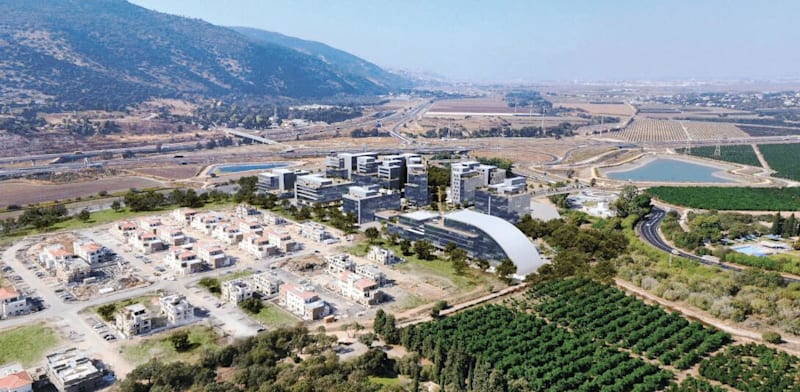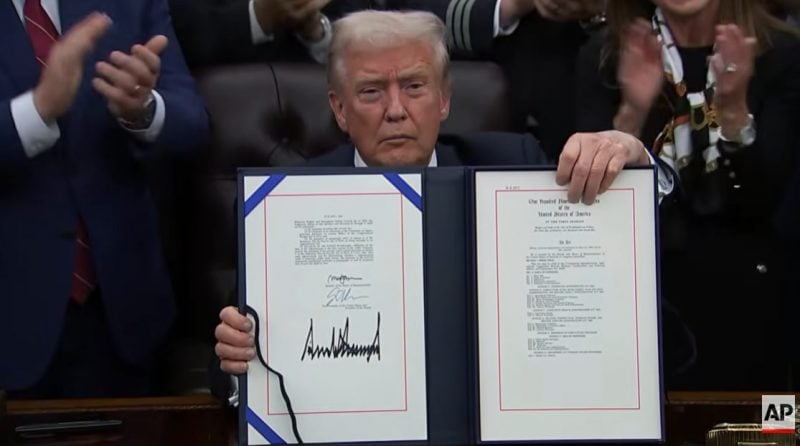How do you read the Q2 earnings season at a broad level, and how has that changed your portfolio?The Q2 FY26 earnings season has started on an encouraging note, with results from 216 companies in the Nifty 500 showing around 9% year-on-year growth in both sales and profit after tax. The data reflects stronger-than-expected traction in capex-driven sectors such as capital goods, infrastructure, and industrials. There has also been a notable improvement in private capex trends and order inflows. In banking, despite the fall in repo rates, margin compression has been limited, and credit growth remains healthy, supported by festive-season demand and GST rationalization. The overall takeaway is that the market is witnessing early signs of recovery, which are expected to sustain into the second half of FY26.Between large private banks, small private banks, and PSU banks, which one do you think will outperform in 2026?Early earnings trends indicate that large private banks have maintained strong operational performance with limited margin compression and continued loan growth. PSU banks have also shown improvement, aided by better loan growth and lower credit costs. Based on this, the relative strength appears stronger in large private and PSU banks.
Where do you see thematic opportunities for the next 12–18 months?We believe domestic consumption remains a bright spot. A combination of GST rate cuts, benign inflation, and a good monsoon is likely to support demand. Additionally, the upcoming 8th Central Pay Commission’s wage revision in early 2026 is expected to provide a further boost by increasing household incomes. This stimulus, combined with strong government and private capital expenditure, makes themes around consumption, infrastructure, and capital goods favorable areas for the coming year.
2025 is largely the year of time correction. Do you see the tide turning in favor of bulls in 2026, given multiple triggers?Driven by macro resilience, strong domestic demand, and foreign inflows, Indian markets have seen a broad-based recovery over the past few weeks. The near-term investment scenario remains constructive, supported by revived trade optimism following positive news around a potential India–US trade deal, policy continuity, and robust capex trends. Since the underlying economic setup and liquidity conditions remain favorable, market sentiment is likely to improve in 2026. However, trade negotiations and geopolitical developments remain important variables to monitor.
The performance of big IPOs hitting Dalal Street in 2025 has been mixed. How do you assess the quality of these new-age listings from a long-term wealth-creation lens, and are you finding any genuine value amid the frenzy?We have avoided most IPOs due to unrealistic growth expectations and very high valuations. In contrast, we are finding superior opportunities in existing listed companies, where the risk-reward profile appears more favorable.
Foreign investors seem to be aggressively participating in primary issuances while simultaneously offloading positions in the secondary market — what, in your view, explains this divergence in FII behavior, and does it reflect a structural shift in how global capital is approaching Indian equities?What we have observed over the years is that if fundamentals and risk-reward are right, capital eventually follows. The only question is whether it happens with a lead or a lag.

























